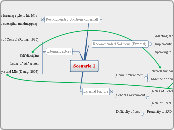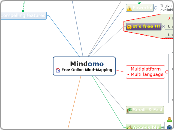door Lance Vue 6 jaren geleden
339
Eating Disorder
Eating disorders have been documented throughout history, with early recorded cases linked to spiritual practices, such as those led by St. Jerome, and cultural behaviors like the overindulgence and subsequent purging at Roman feasts.









